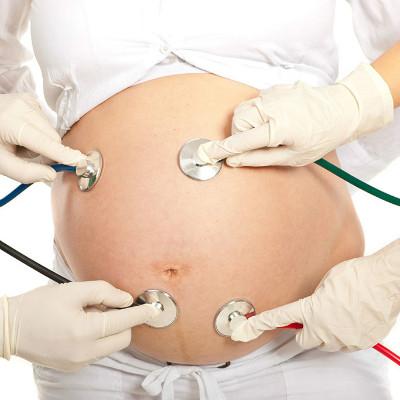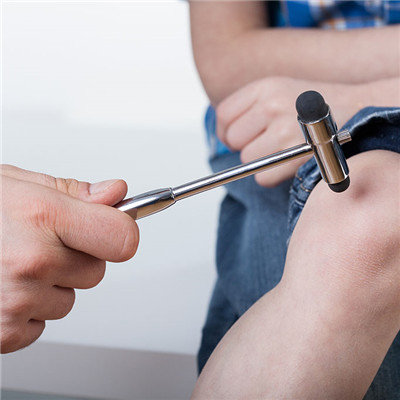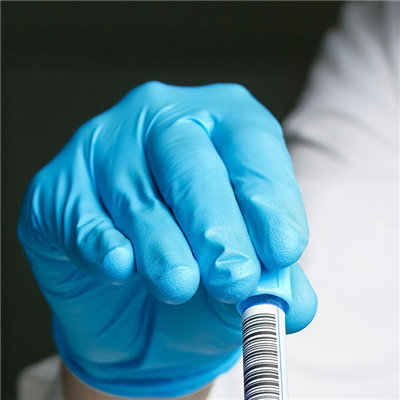Can congenital elbow fusion be treated?
summary
Congenital elbow arthrodesis is rare and can occur alone or with other deformities, such as ulnar absence, carpal, metacarpal or phalangeal fusion or absence. When it exists independently, it often involves bilateral elbow joints, and the incidence has nothing to do with gender. Let's share my experience with you.
Can congenital elbow fusion be treated?
For unilateral elbow fusion, the forearm was fixed in the functional position by osteotomy to partially restore the function of the right elbow and activities of daily living. If the contralateral elbow joint is involved, elbow arthroplasty can be considered. If there is no epiphysis in elbow joint, osteotomy can be considered in school-age children to prevent muscle disuse atrophy.
Early diagnosis and treatment is the key to the prevention and treatment of this disease. However, it should be noted that for children, the operation time should not be delayed too late to prevent the disuse atrophy of hand muscles.
This disease is a rare congenital disease. Its pathogenesis is not clear. It is generally believed that the proximal end of the mesoderm cartilage branch is not separated from the trunk to form the ulna and radius in the fifth week of embryo development.
matters needing attention
This disease can occur alone, or with other diseases, such as ulnar absence, carpal, metacarpal or phalangeal fusion or absence. In some non simple bony fusion deformities, in addition to skeletal deformities, it may also be accompanied by fascial tissue contracture, abnormal fiber direction, narrow interosseous membrane, abnormal or absent supinator muscle.














